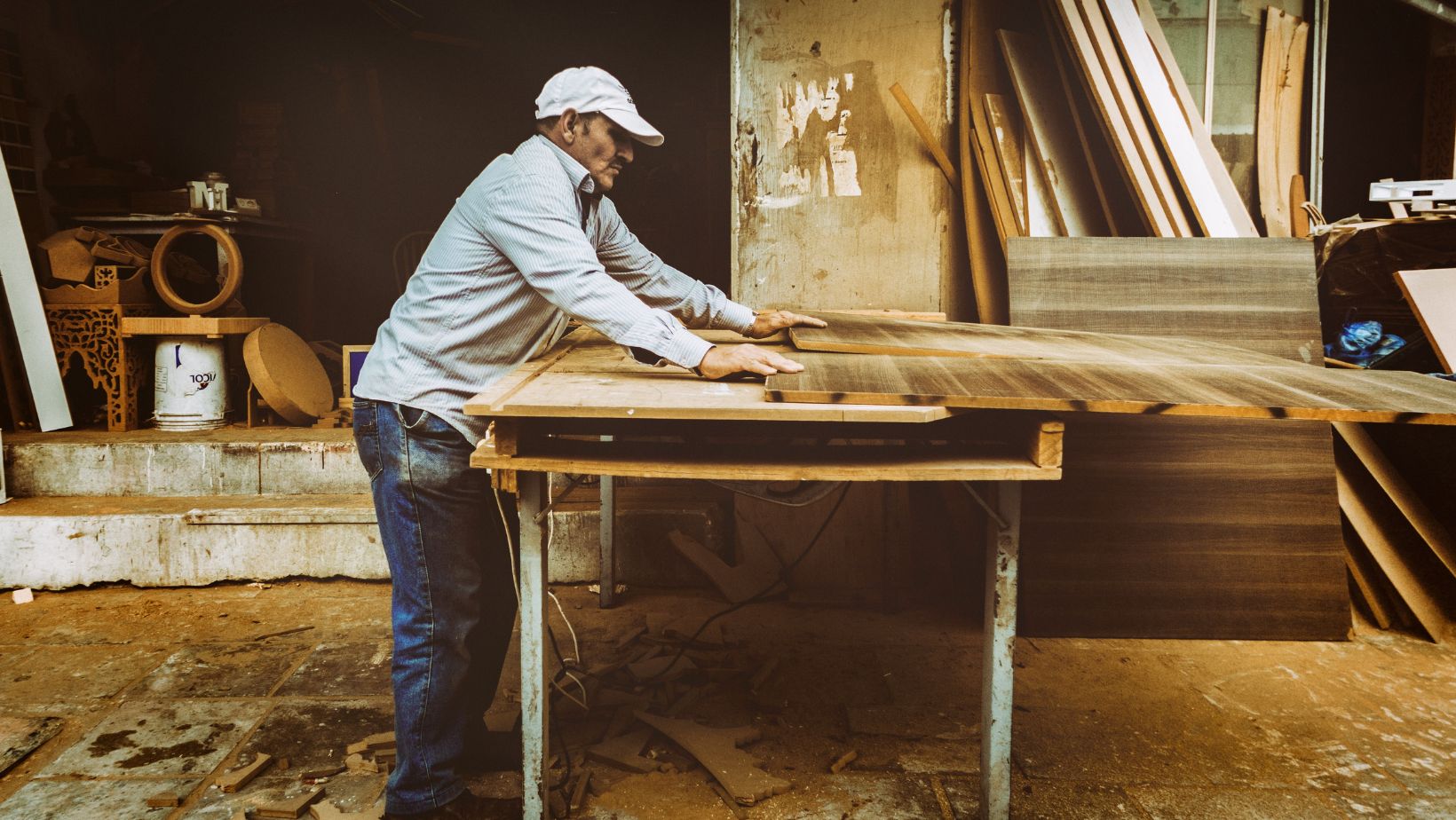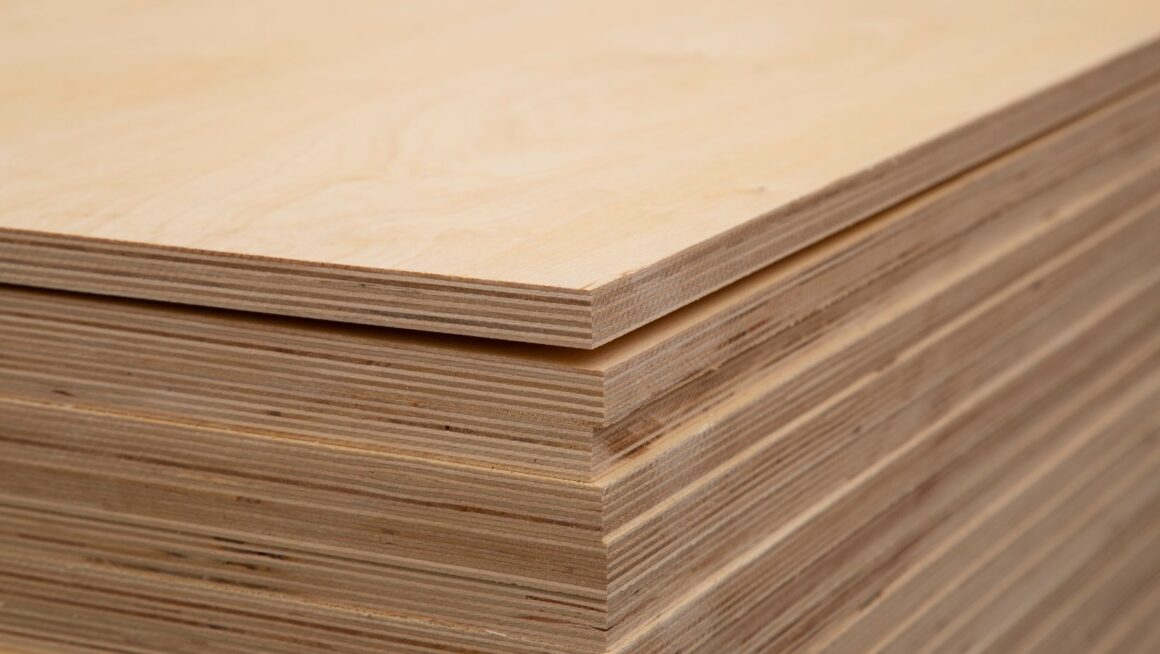Plywood, a versatile engineered wood product, has cemented its place as a crucial material across a vast spectrum of industries. Its unique construction—multiple thin layers or plies of wood veneer glued together, with adjacent layers having their wood grain rotated up to 90 degrees—provides exceptional strength, stability, and resistance to warping, splitting, and shrinkage. These characteristics make it a preferred alternative to solid wood and other panel products in both small business applications and large-scale construction projects.
Plywood in Residential and Commercial Construction
The construction sector is perhaps the largest consumer of plywood. Its inherent structural integrity and ease of handling make it indispensable for numerous building applications.
Structural Applications
In structural building, plywood is heavily relied upon for sheathing—the boards or panels attached to the outer frame of a building to provide stability and a surface for exterior finishes. It is used for both wall sheathing and roof sheathing, often replacing traditional planking. Similarly, it is widely used as subflooring, providing a stable base beneath finish flooring materials like carpet, tile, or hardwood. The most common of the available plywood sizes for these applications is the standard 4-foot by 8-foot panel (1220 mm x 2440 mm), though larger dimensions, such as 4-foot by 10-foot, can be special-ordered for projects requiring fewer seams. Thicknesses vary significantly depending on the load, commonly ranging from 1/2 inch to 3/4 inch for structural use, with different grades (like CDX, for Construction Grade) tailored to the required performance.
Concrete Forming
A specialised, robust application of plywood is in concrete forming. High-density overlaid (HDO) and medium-density overlaid (MDO) plywood panels are used to create molds or temporary structures into which wet concrete is poured. The smooth, overlaid surface of this type of plywood resists moisture penetration and provides a cleaner, smoother concrete finish. This application requires plywood with excellent moisture resistance and rigidity, often specified in plywood sizes of 5/8 inch or 3/4 inch thickness.
Non-Structural and Interior Uses
Beyond foundational elements, plywood is crucial for interior finishing. It is used for wall paneling, especially decorative grades like hardwood plywood (e.g., oak, maple, birch veneers) which offer an aesthetically pleasing, cost-effective solution for interiors. It is also the primary material for constructing stair treads and risers, and for lumber core cabinets and built-in shelving. For cabinet boxes, common thicknesses are often 1/2 inch to 3/4 inch, with 1/4 inch panels used for cabinet backs.
Plywood in Modern Business and Manufacturing
The versatility of plywood extends well beyond traditional construction sites, proving invaluable in business-specific applications ranging from logistics to product manufacturing.
Packaging and Crating
In logistics and shipping, particularly for international trade or the transport of heavy, fragile, or high-value goods, plywood is the material of choice for crating and heavy-duty packaging. Plywood crates are lightweight yet immensely strong and durable, offering superior protection against impacts and environmental factors compared to solid wood containers.

The standardised nature of the various plywood sizes (most commonly 4×8 feet and 5×5 feet) simplifies the fabrication of custom shipping containers, reducing labor and material waste. Utility sheets can be manufactured in longer lengths, sometimes up to 10 feet long, for oversized packaging needs.
Furniture and Fixture Manufacturing
Plywood, especially Baltic birch plywood (known for its multiple, uniform veneer layers and void-free core), is extensively used in the manufacturing of office furniture, retail fixtures, and restaurant cabinetry. Its strength-to-weight ratio and ability to be cut precisely and finished cleanly make it ideal for high-end, contemporary designs. Standard sheet sizes in furniture manufacturing often align with general construction, but metric plywood sizes like 1220 mm x 2440 mm are also common. Thinner panels, such as 1/8 inch or 3/16 inch, are often utilized for backing and drawer bottoms.
Temporary Structures and Events
Businesses that operate temporary installations, such as trade show booths, exhibition stands, and temporary pop-up shops, frequently rely on plywood. It provides a quick, durable, and relatively inexpensive material for creating walls, flooring, counters, and displays that can be rapidly assembled and disassembled. For these applications, lighter-weight plywoods might be chosen for ease of transport, while marine-grade or treated plywood might be used for outdoor event flooring to handle weather exposure.
Conclusion
Plywood’s inherent attributes—cross-laminated strength, dimensional stability, and resistance to common wood deficiencies—ensure its continued status as a cornerstone material. From providing the structural integrity for a high-rise concrete pour to forming the elegant casework of modern office furniture, the material remains indispensable. As manufacturing techniques continue to improve, offering better grades and specialized overlays, the variety of available plywood sizes and specifications means its utility will only expand further across the modern business and construction landscapes.



